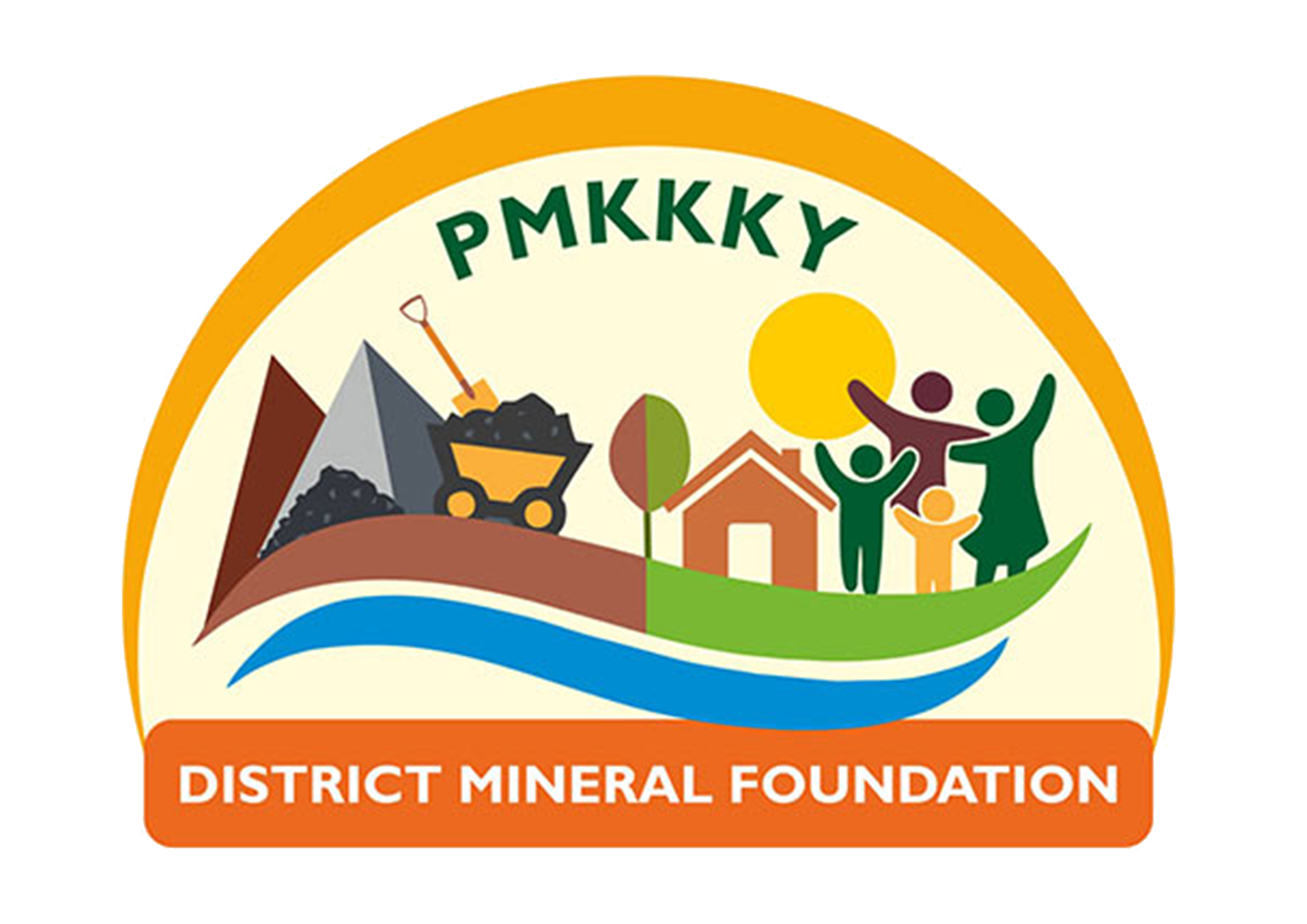


Government of Tamil Nadu
Department of Geology and Mining
Erode District Mineral Foundation Trust





The rock types exposed in the district can be broadly grouped as:
1) Granulite group of rocks
2) Migmatite Complex
3) Sathyamangalam Schist Complex
4) Peninsular Gneissic Complex
5) Alkali Complex
6) Acid Intrusives and
7) Quaternary Alluvium.
The Granulite group includes Calc Granulite, Quartzite of Khondalite group, Charnockite, Pyroxene Granulite, Pyroxenite, Migmatite gneiss, and Metagabbro. Charnockite is dominant in the north and occurs as bands/enclaves in the south. Hornblende gneiss, Garnetiferous quartzofeldspathic gneiss, and granite are notable rock types of the Migmatite Complex, particularly in the south and northwest.
The Sathyamangalam Group consists of various schists and quartzites found near Sathyamangalam and Chennimalai. Amphibolite and Pyroxenite occur as enclaves in various regions. Pyroxenite bands trend WSW-ENE across hornblende gneiss formations of the Bhavani Group.
Granite bodies are found around Punjai Puliyampatti and west of Erode. Fluvial deposits are confined to the river beds of Cauveri, Noyyil, Amaravathi, and Bhavani. Ultramafic bodies lie along the E-W Bhavani lineament. Dykes trend from WNW-ESE to NW-SE. The straight NNE-SSW course of the Cauveri River from Mettur to Bhavani indicates a possible deep-seated fault zone.
The Bhavani River's E-W to ENE-WSW flow suggests a major lineament. The Moyyar–Bhavani and Noyyil–Cauveri lineaments belong to the NNW-SSE to E-W system, while the Mettur fault follows the NNE-SSW system. N-S trending dykes are truncated by the E-W Bhavani lineament.